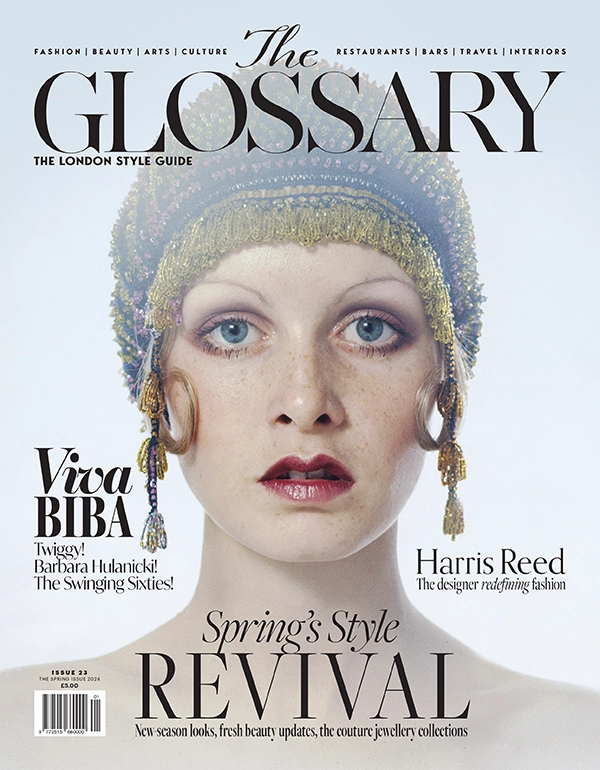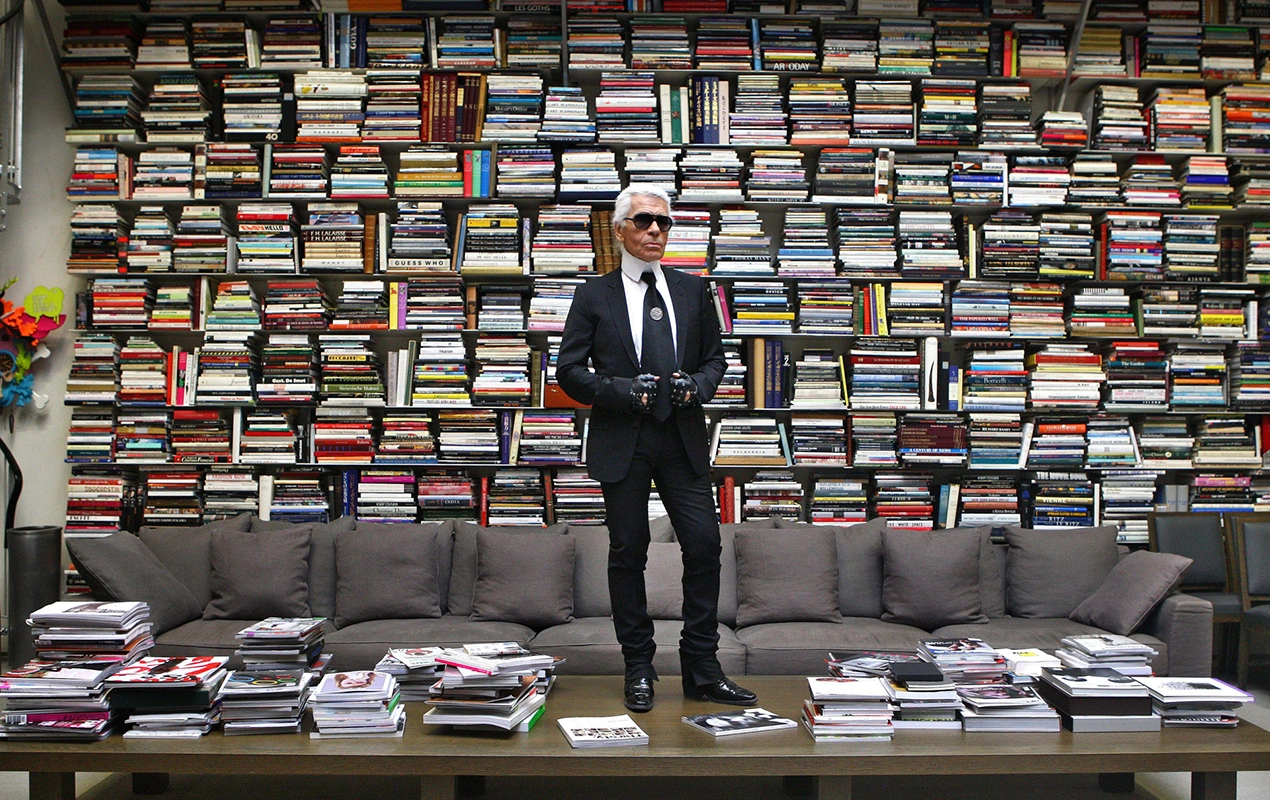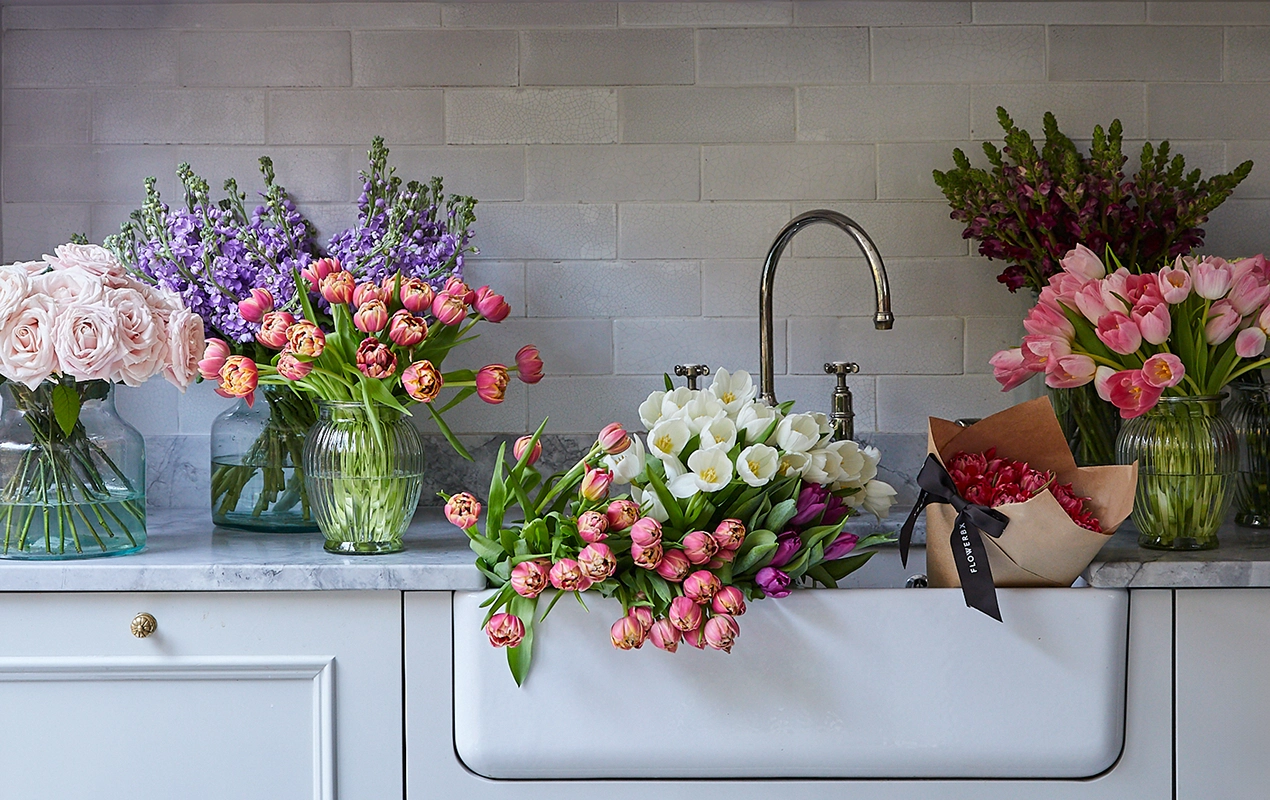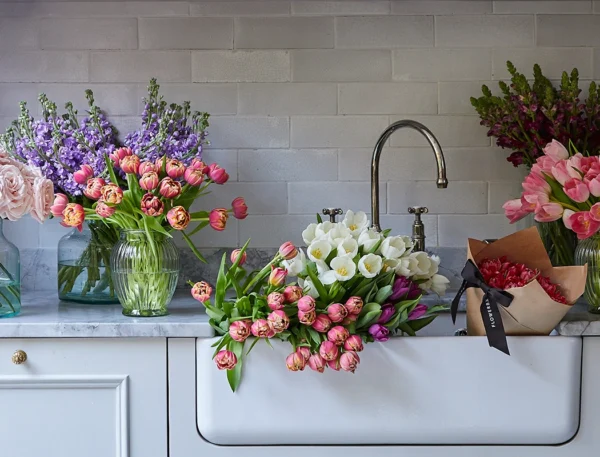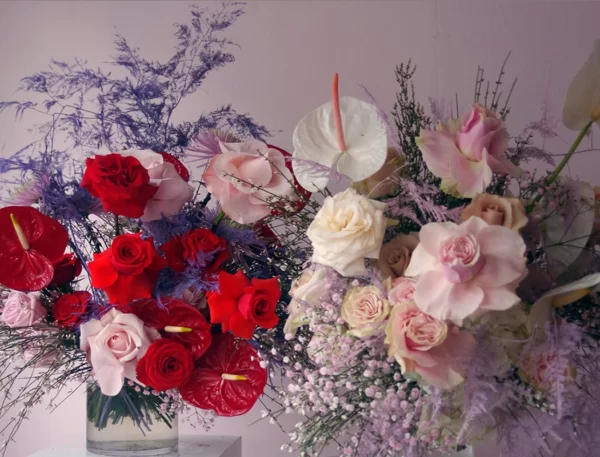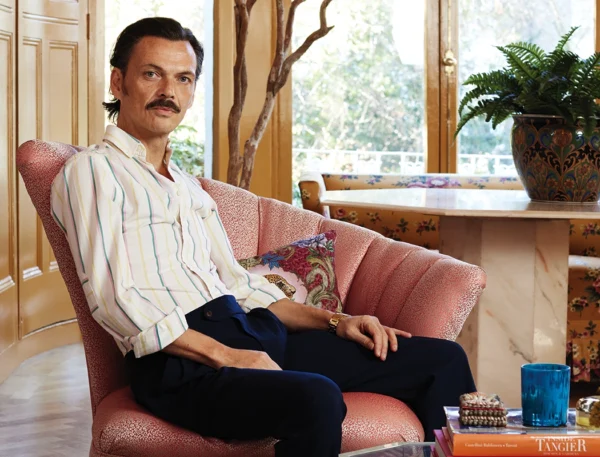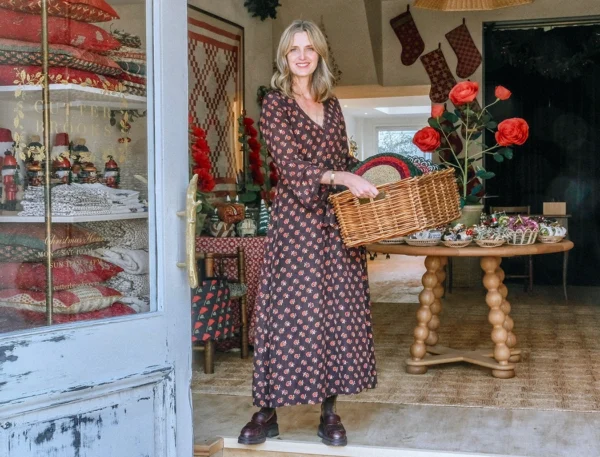Karl Lagerfeld is known the world over for his designs for fashion powerhouses including Chanel, Chloé and Fendi, as well as for his instantly recognisable look. But ask about his interiors projects and even the most devoted of Lagerfeld fans is likely to draw a blank. That’s all about to change though, thanks to the release of a new coffee table book, Karl Lagerfeld: A Life in Houses, which delves into the legendary late designer’s decades-long love affair with interiors.
Karl Lagerfeld: A Life in Houses marks the first time a book has been devoted exclusively to his many glamorous homes, which were located at addresses across France, from Paris to Biarritz, as well as in Rome and Hamburg. All of his houses and apartments were known for their eclectic interiors, incorporating everything from Art Deco flourishes and Rococo opulence to striking Ultramodern aesthetics. Each one is brought to life by a collection of rarely seen images, shot by top photographers including Horst P. Horst, Karen Radkai and Oberto Gili, as well as Lagerfeld himself.
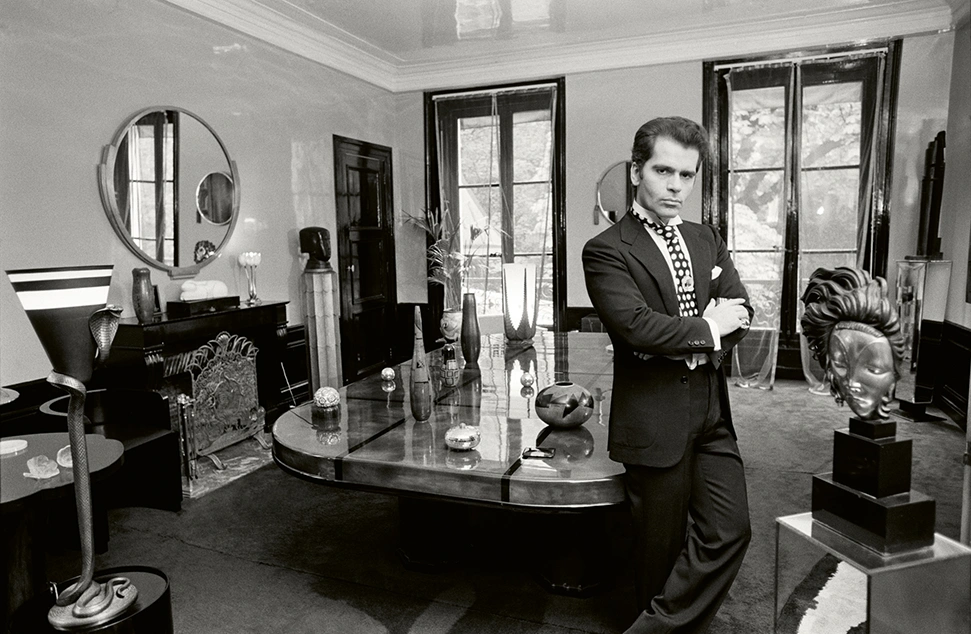 Pin
Pin The interiors book reveals the imaginative décor of 13 of his residences, starting with the second-floor apartment of an 18th-century mansion on Rue de l’Université, which Lagerfeld moved into with his mother in 1963. There he collected Art Deco pieces by André Groult and Émile-Jacques Ruhlmann, which he displayed alongside Sixties armchairs by Joe Colombo and tables by Eero Saarinen. In the book’s introduction, long-time Lagerfeld chronicler Patrick Mauriès writes that Lagerfeld’s interiors “reflect the desires, circumstances and whims of its creator and reveals his character more fully than any biography.”
For Lagerfeld, the joy lay in the sourcing and collecting of beautiful objets and artefacts rather than owning them; Mauriès quips that “Lagerfeld collected interiors in the same way that Don Juan notched up conquests.” He would devote vast swathes of time to researching and acquiring the perfect pieces, only to then cast it aside and move on to the next look. That was certainly the case with his next property, a flat on Place Saint-Sulpice – a mere 100 metres from his former residence – that he bought in the early 1970s. Shortly after buying it, as he readied himself for a fresh new aesthetic, he sold his entire Art Deco collection at auction.
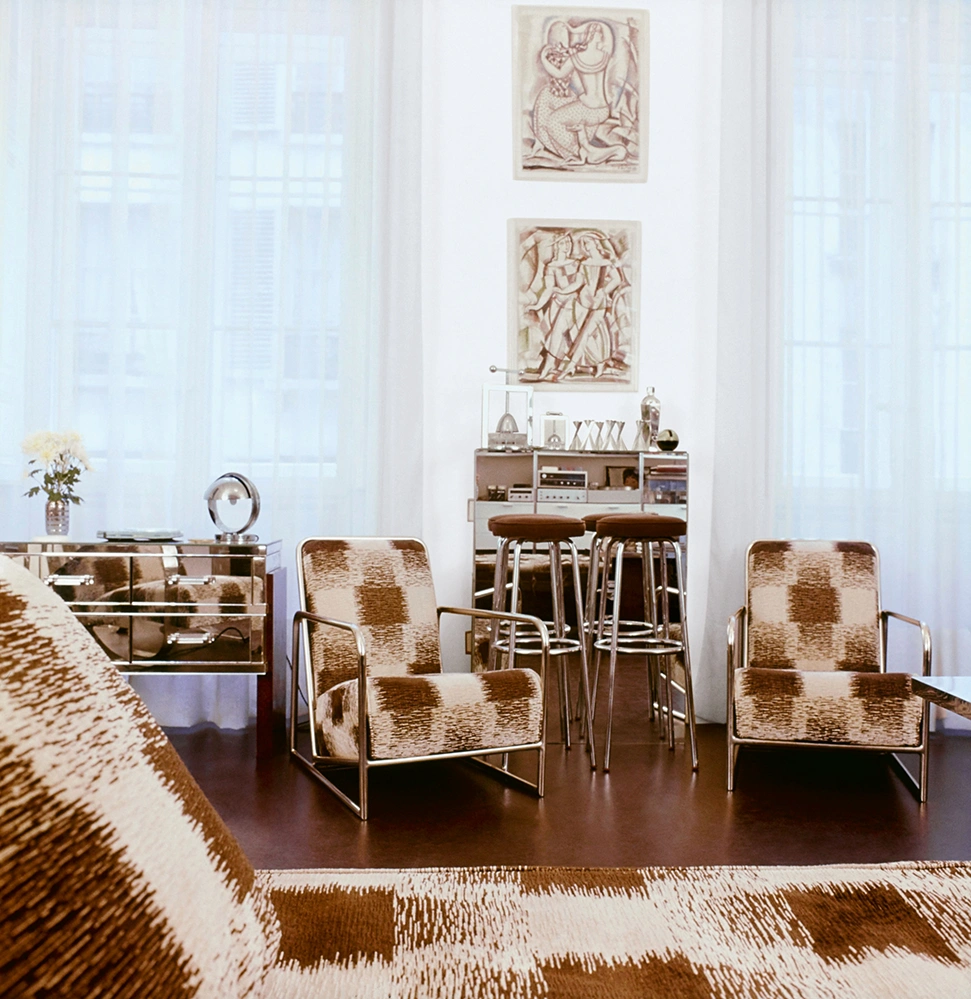 Pin
Pin 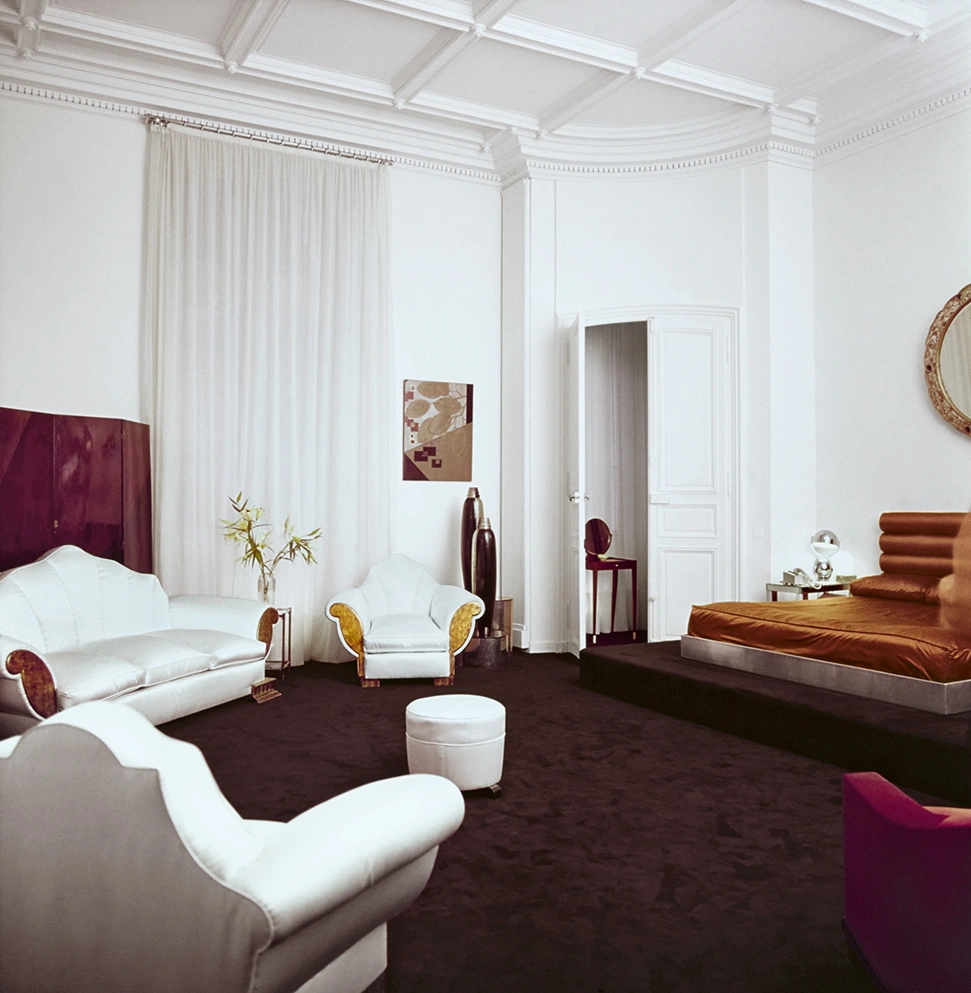 Pin
Pin But it was Lagerfeld’s next home, Hôtel Pozzo di Borgo, where he moved two years later, that was to mark the most extraordinary of his transformations. The building’s 18th-century architecture was the epitome of elegance and grandeur, a theme that Lagerfeld fully embraced. To match the sumptuous setting, he decided to evoke the spirit of Louis XV and Madame de Pompadour, filling the property with Old Master paintings, Rococo furniture and precious historic objects. It was also during this time that he started to wear his hair in a pontytail and carry a fan, while guests were received to the mansion by candlelight. No wonder Lagerfeld’s muse and collaborator Amanda Harlech once described him as having ‘a Versailles complex’.
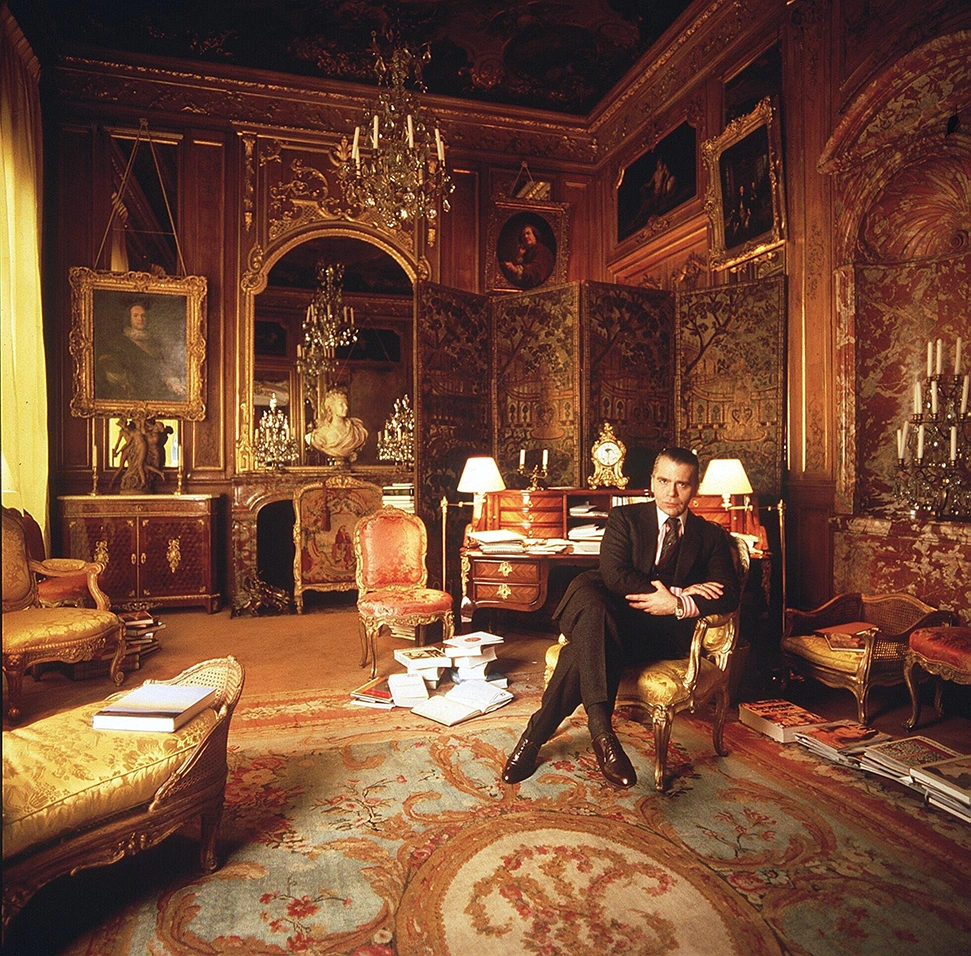 Pin
Pin Despite his numerous properties, the Hôtel Pozzo di Borgo was one of Lagerfeld’s most treasured and over a period of more than 30 years, he occupied various parts of the building as and when they came free. His extravagant décor spread to from wing to wing, until debts to the French tax authorities forced him give up his treasure trove. In 2000, he sold off much of the Pozzo di Borgo collection at Christie’s. The property remains his most well-known, and in September Victoria Beckham held her label’s spring/summer 2024 show in the salon there, with models parading under the crystal chandeliers.
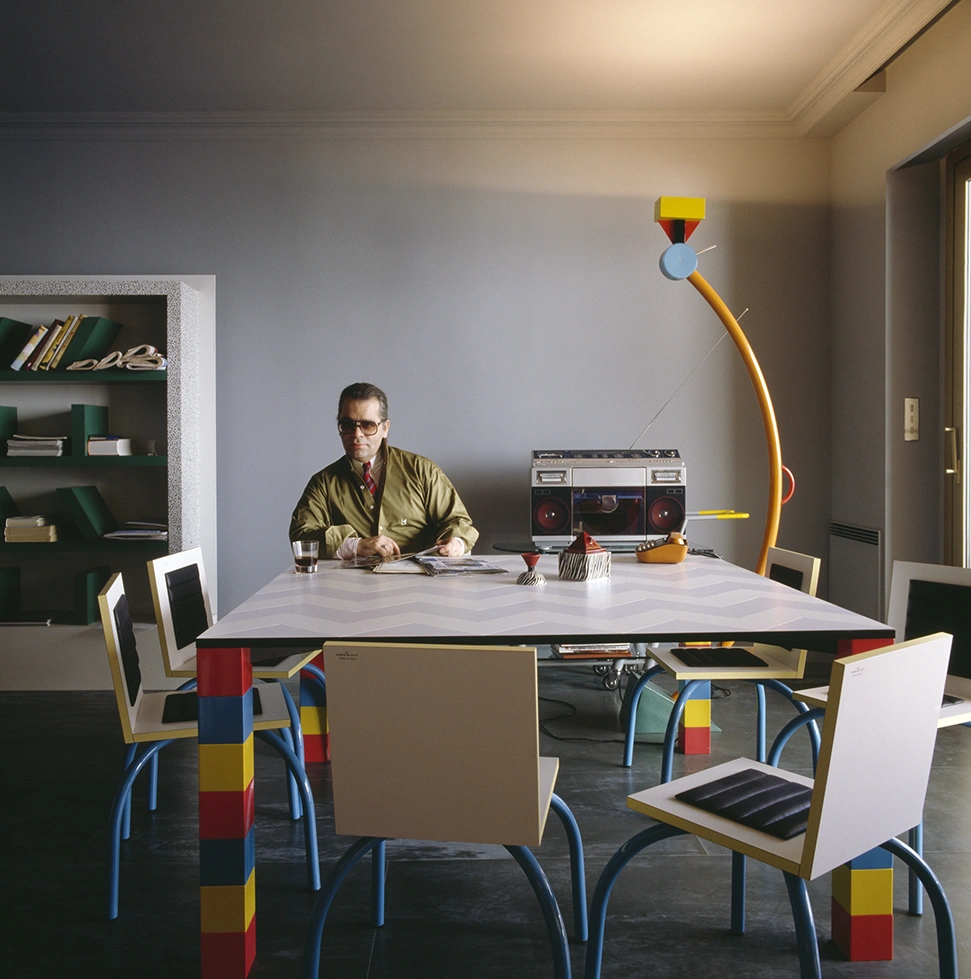 Pin
Pin Despite his love for 18th-century pomp, Lagerfeld’s next home couldn’t have been more different. In 1981 he moved into an apartment on the 21st floor of a high rise in Monaco (Lagerfeld was a close friend of Princess Caroline and her family) designed by Gio Ponti, called Le Roccabella. There he created an avant-garde aesthetic that was the polar opposite of the ornate furnishings of the Pozzo di Borgo, filled with furniture by the radical Memphis Group. Lagerfeld loved their brightly coloured designs so much he bought up their entire first collection, and installed Ettore Sottsass’s Carlton bookcase alongside Michael Graves’s Plaza dressing table and Masanori Umeda’s boxing ring. Ten years later, the entire collection was sold at Sotheby’s.
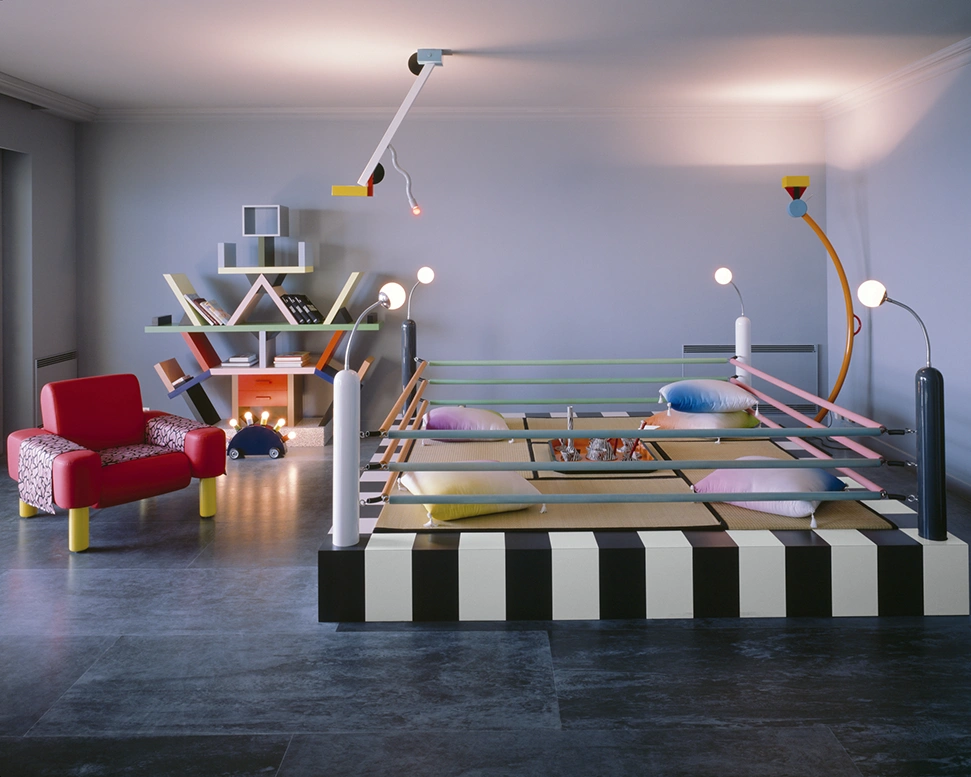 Pin
Pin In 2007, he purchased a 200-year-old apartment on the Quai de Voltaire, which he dreamed up as a futuristic loft. Lagerfeld once jokingly described the minimalist décor there as ‘like floating in your own spaceship over a very civilised past’. “Lagerfeld loved to be playful, not only with the spirit of the age but also with the spirit of places, as diverse and distant from each other as possible, from the Basque Country to Hamburg via Monaco,” writes Mauriès.
The final house in the book, and Lagerfeld’s last interiors project, was Pavillon des Voisins (which he later christened ‘Villa Louveciennes’), a 19th-century mansion with a neoclassical façade in the countryside near Paris. Lagerfeld bought it in 2009, but the designer never actually lived there – in fact, he spent only one night under its roof, throwing a dinner party for Princess Caroline of Monaco and the event organiser Françoise Dumas. Nevertheless, it has been described as one of his most personal properties, because it was here that he stored all of the beloved treasures he never sold or discarded: mirror pieces by Armand-Albert Rateau that hung in his first apartment, furniture by Louis Süe and André Mare, the works of Erwan and Martin Szekely.
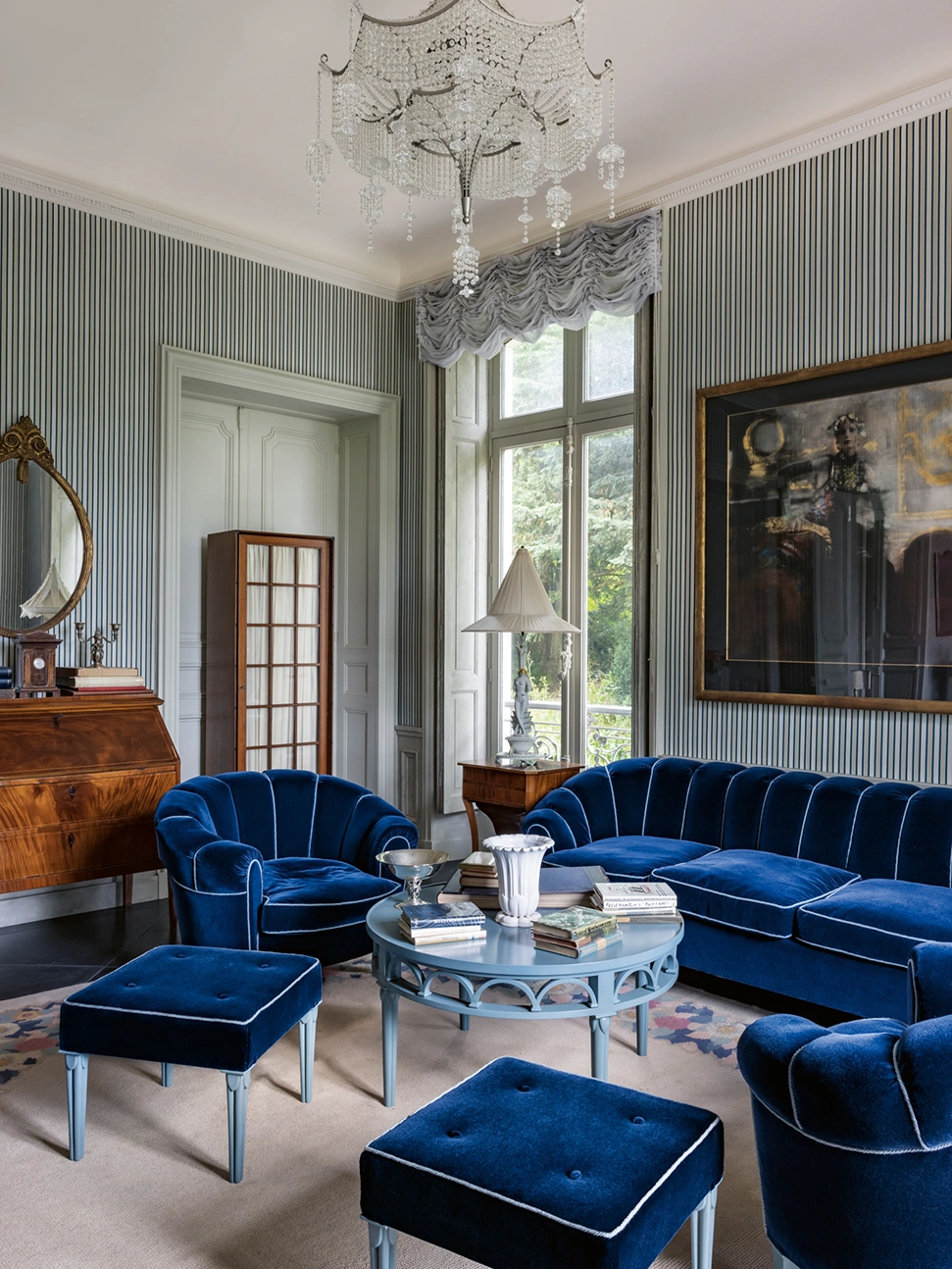 Pin
Pin On the first floor he recreated his teenage bedroom, adding a reproduction of a painting of Voltaire and Frederick II of Prussia by Adolph von Menzel that had originally inspired his interest in the 18th century. Of all his houses, Lagerfeld said that Villa Louveciennes was the one that most resembled him. Hardly surprising, considering it was filled with fragments of stories from his life and his most treasured objects. Above all, it was a fitting final tribute to the designer’s lifelong love of beauty and curiosity.
Karl Lagerfeld: A Life in Houses by Patrick Mauriès and Marie Kalt (Thames & Hudson £75) is published on December 7; thamesandhudson.com
